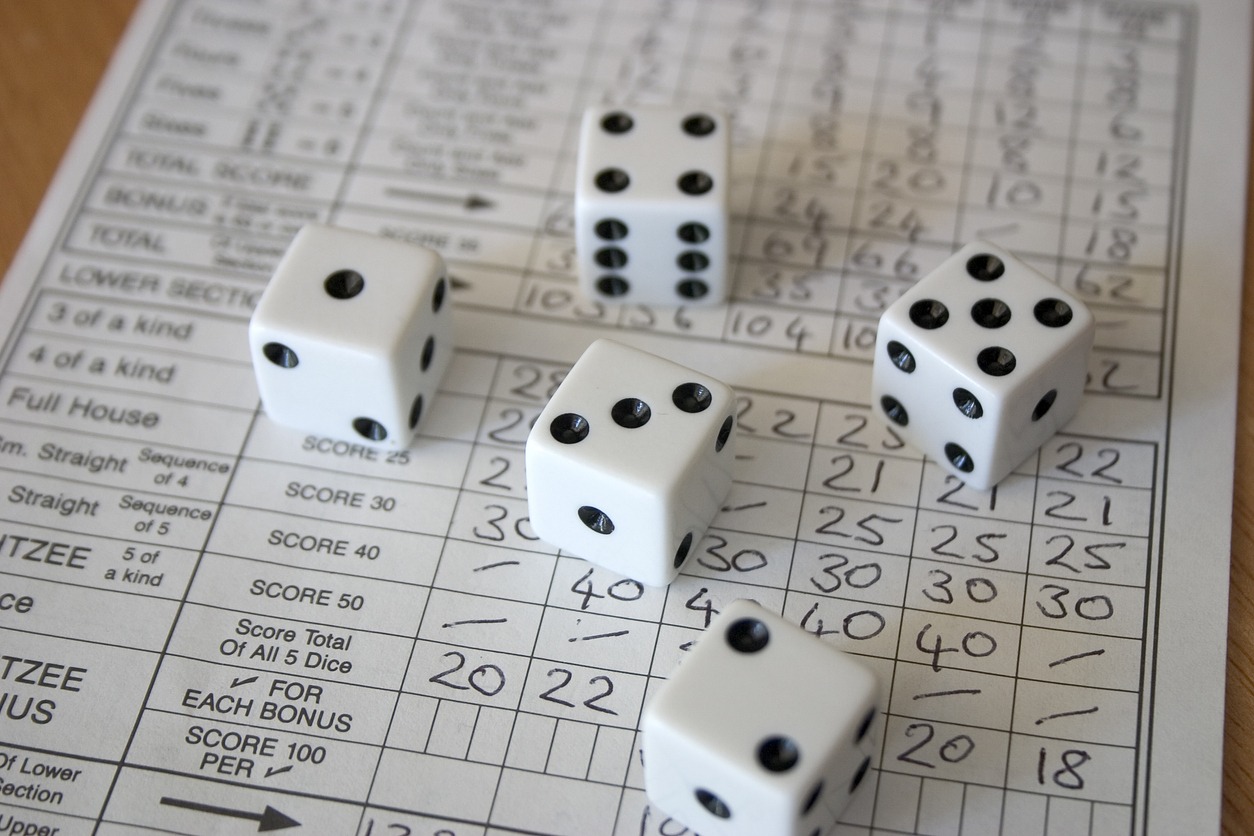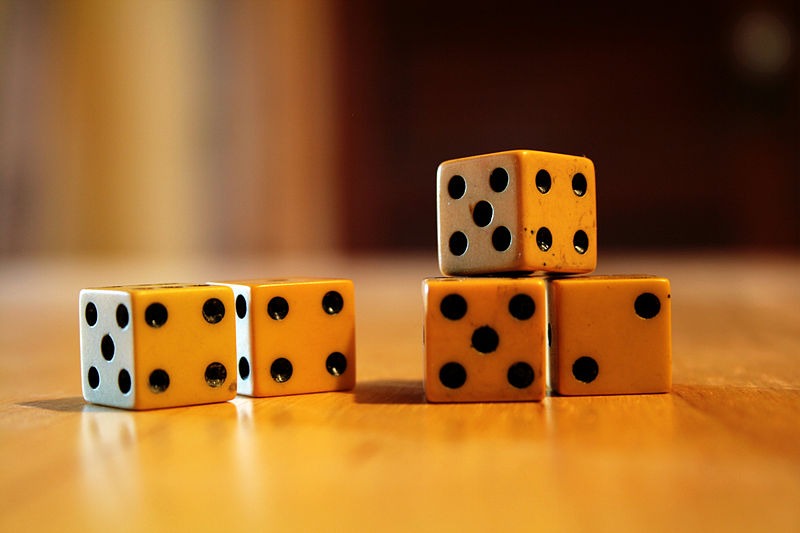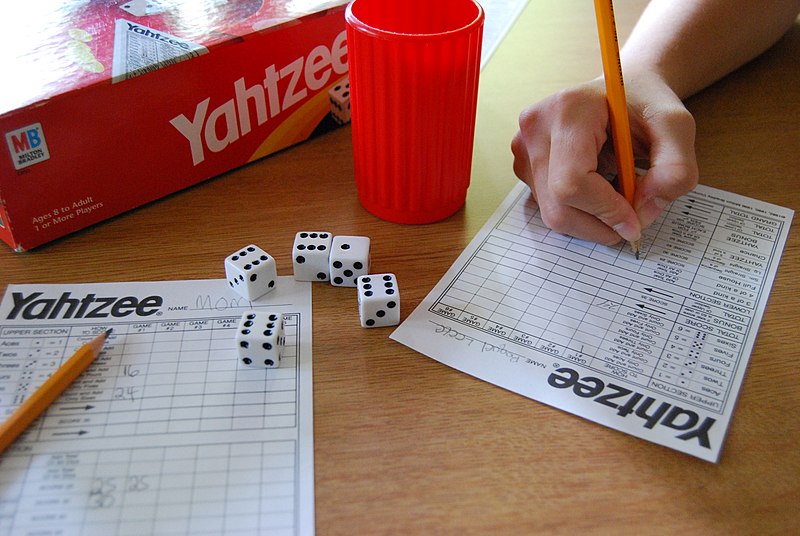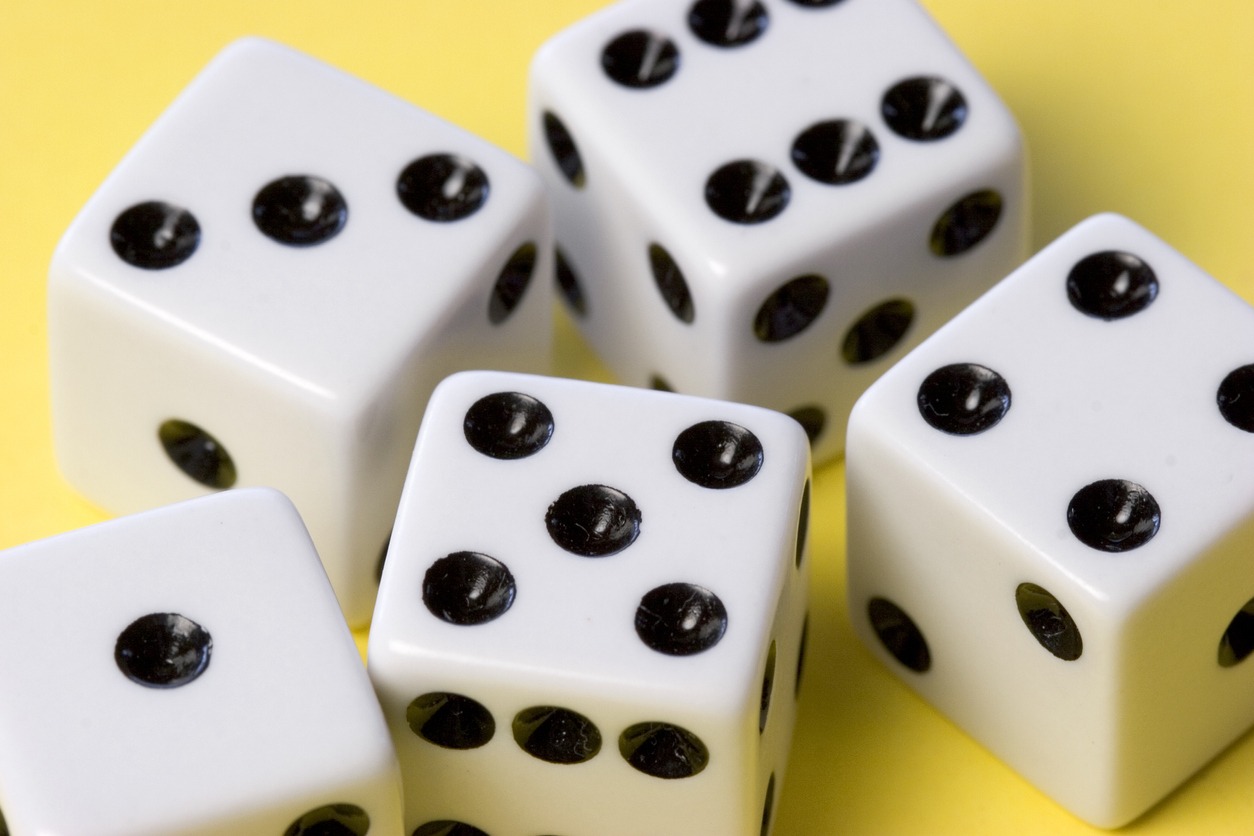One of the most well-known dice games is called Yahtzee. Any number of people can get together for a fun game night with this. It’s a great icebreaker at a party or gathering where people don’t know each other well.
Despite Yahtzee’s longevity (it was first published in 1956), some people still need to understand how to play it. Don’t freak out if your head is spinning with questions. We have compiled this simple guide to help you get started playing Yahtzee.
What Is Yahtzee?
Using rules similar to Farkle, Yahtzee consists of 13 rounds, each of which has its own goal: fulfilling the requirements of any of the 13 game categories. Anyone can play Yahtzee, whether they’re by themselves or with others. The group mode is achieved by having several players compete against each other in solitary mode at the same time, with the winner being the one with the highest score.
Each of the 13 rounds consists of rolling the dice and assigning points based on the results to one of 13 categories. You only get one point for completing a category, so by the end of the match, you may have to accept a score of zero there.
The game’s goal is to score as many points as you or your team can. Once a player scores in each of the game’s 13 categories, the game is over.
Game Components
You’ll need the following:
- Five dice
- 1 Yahtzee Dice cup
- Score Cards
- 10 Bonus Chips
Gameplay
Decide who will go first. There must be at least two people to play Yahtzee. You can form teams for larger gatherings.
Determining who will go first in the game is the first order of business. Players or teams roll five dice, and the total of those rolls is added to any other values the dice may have. Whoever has the most points at the moment gets to go first.
For Yahtzee, players place the dice in a cup or shaker and shake them before pouring them out. You can plan to get the best possible results from your rolls.
There is a three-roll limit per round. You can keep some dice and re-roll the rest after any roll. Roll all five dice to initiate the process.
Let’s say you’re trying to figure this out, and you roll a 1, 3, 4, 5, and 6. The 3, 4, 5, and 6 form a short straight for you. That’s equivalent to a score of 30. You can achieve a large straight by re-rolling the one and getting a two—the equivalent of 40 points.
You may proceed with the turn if your current score meets your expectations. You can rest assured that attempting a higher score is an option. Select which dice you wish to keep and which you wish to re-roll.
Re-rolling increases your odds of making a big straight. You can always roll the dice again if there is no large straight in your hand.
You can take another hit at the dice if you’re unsatisfied with your current total. You may re-roll any number of dice you’ve already rolled.
Let it continue until everyone has had 13 turns. All players take 13 turns rolling the dice. Get as much done as you can toward ticking off all your boxes as you go. There is only room for one entry in each box, so think carefully about how you’ll tally your points.
Scoring
A total of 13 “scoring boxes” are available. After each turn, the player must place a score in one of the 13 slots. The player’s best judgment should determine the order in which the boxes are filled.
The scorecard is divided into an upper and lower half:
Upper Section
There are six numbered boxes in the top section (“Aces,” “Twos,” “Threes,” “Fours,” “Fives,” and “Sixes”). If a player wants to record their score in the Top Section, he must only add up the dice that have the same number on them before entering that number into the box provided.
A player who rolls and chooses to take their score in the Upper Section would record a 9 in the “Threes” box for his turn. However, they can also fill in the “Twos” box with a 2 and the “Fours” box with a 4. You can also use the Aces box to record a score of zero for the players.
Lower Section
Underneath, you’ll find a list of possible scoring combos, each of which must be played in an exact manner specified.
3 of a Kind
Only if the dice reveal at least three of the same number can the “3 of a kind” box be checked.
4 of a Kind
If you roll four identical dice, you get credit for that total.
Full House
A full house requires one set of “3 of a kind” and a pair. When you have a “Full House,” you get 25 points.
Small Straight
These can be any four digits, such as 1, 2, 3, 4, or 3, 4, 5, 6. It doesn’t matter what number comes up on the fifth die. The value of a “Small Straight” is 30 points.
Large Straight
That’s a string of five digits, which could be 1, 2, 3, 4, 5, or 2,3,4,5,6. Forty points are awarded for a “Large Straight.” However, you can also achieve a Large Straight in the Small Straight category.
Chance
Because of this, a player can score even if they don’t use any other open scoring options. Calculate the score by adding up the points from each die.
Yahtzee
It’s as good as a “five of a kind” as you can get. Fifty points will be awarded in the “Yahtzee” box.
Joker Rules
Put the sum of the five dice in the Upper Section box corresponding to that sum. Alternatively, if this box is already full, you may place your points in any other empty box in the Lower Section:
- 3 of a Kind: the total of all five dice
- 4 of a Kind: the total of all five dice
- Full House: 25 points
- Small Straight: 30 points
- Large Straight: 40 points
- Chance: the total of all five dice
You must fill any empty Upper Section box with a zero if all Lower Section boxes and the corresponding Upper Section box are complete.
Yahtzee has been ruling parties and online gaming platforms because of its ability to alleviate boredom and add spice to family game nights. Don’t worry if you’re still feeling overwhelmed by this game. All you need is a Yahtzee kit and this guide to get started.




